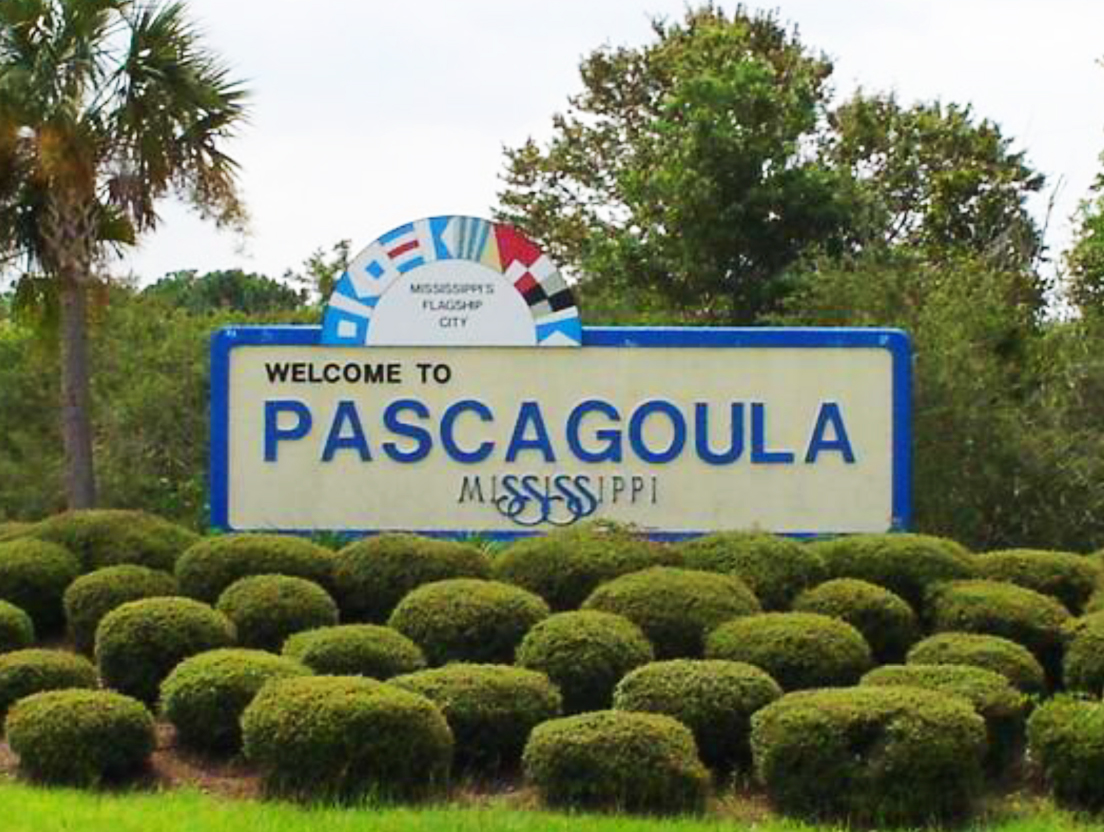Curious Names
by Joe Goodell

The wags enjoy telling it to you straight: “What’s that y’r ask’n, son?” Wh’r do th’ names f’r Mi’ssippi towns come from? Why right off them wat’r tow’rs, that’s wh’r.” Pause. Guffaw!
Such insightful wit is not reserved for just the uninitiated. It is also, should there be a lapse in conversation, the sustaining stuff of duck blinds, deer stands and barber shops.
It all started following the Revolution, when the land in Kentucky and the Carolinas gave out, or became too crowded. The Territory beckoned, offering new land for free (or nearly so, ‘ceptin’ f’r the promise ‘f a lifetime o’ contin’l risk wh’r th’ only guar’nteed ‘bundance was hard work, ‘n’ it took a lotta faith to jump from a han’ful o’ seeds to a stash o’ turnips or beans sometime later”).
These hardy folk arrived along rutted tracks through arboreal tunnels, scenic, though hardly roads, more suited to migrant bear and deer. They formed and laid down cultural rhythms in new places. They became of like minds with the land, applying their tools, as if handles, to manage its inner workings, as crows watched from high in the trees.

They adapted their own resources and ingenuity to the ways of the wilderness, a spirit of independence which President Jefferson admired, but didn’t want to allow too much of, or he might lose them as American citizens. So he found a little money to improve the Natchez Trace, Federal Road, Three Chopped Way and other byways enough to carry the mails in and out. Along these routes, there were “stands” and other spots convenient for communities strung like beads of a necklace across the ancient loess.
So became the post offices whose regulations required names, and it was they (certainly not the water towers) which were named for someone famous, or for something about the new place. Sources of research vary, as you’d expect. But if the name is absent from James F Brieger’s masterful “Hometown Mississippi,” forwarded by Elbert R Hilliard, then the place does not exist, and likely never did.
The names were largely original and unique, applied sometimes whimsically, but never thoughtlessly. Possumneck, at first The Neck, was obligingly expanded by the judge during a criminal trial, when the unruly defendants explained, “ya know y’r ‘on’r, o’er yond’r wh’r we catch all them possums.” And vixen (yep, one of Santa’s own), and Boneyard for the cadaverous appearance of its founder, and Hard Cash (what the owner of the first plantation paid for his land).
Coming along were Bloomo, Como, D’Lo (likely from “De l’eau sans potable), Gum Garbo, Knoxo, Otto, Soso (for “what’s the we’th’r like ‘roun’ here?”), Tippo, Veto (the post office vetoed all the other names submitted) and Waldo.

The newcomers paid tribute to their hardy faith with Bethany, Chapel Town, Good Hope, Hebron, Holy Cross, Shiloh, Tabernacle, Trinity, Union Church and Zion. They honored the hardy natives with Biloxi, Bucatunna, Chatawa, Choctaw, Escatawpa, Itta Bena, Natchez, Nitta Yuma, Noxapater, Pascagoula, Pelahatchie, Pontotoc, Shuqualak, Tallahatchie, Tishomingo, Tunica and Yazoo City.
Some of the early communities are featured on present day maps, some scarcely at all: Hero, Hydro, Renfro and Zero plus the curious alphabetical adventure through Appeal, Buck Snort, Camel Town, Dot, Energy, Folly, Gandsi, Hobo Station, Improve, Jug Fork, Kiln, Lens, My, Nod, Owl Hoot, Panther Burn, Quiver, Rara Avis, Success, Tip Top, Utopia, Value, Way, Yawn and Zephyr Hill.
Whynot maybe is, or maybe isn’t kin to Why Not, North Carolina, but over in Lauderdale County they tell of one old timer who became so exasperated with the ceaseless, “Why not name our post office …..,” ideas that he shouted, “let’s just name it ‘Whynot’ and go home!”
In a tiny village near Leaf River the postmaster, apparently a lazy soul, wrote “Don’t” on the line requesting, “What name does your community have?” assuming that the officials would give it a good name; they did. Hot Coffee was celebrated for its special brew, “to tempt the taste of judges or hoss swappers,” offered to travelers bound for Ellisville or Williamsburg.
One might say that the “gold standard” for a community whose name is curious and location hard to find is It, Mississippi. On Old US-51 between Hazlehurst and Wesson. It hides between the Martinsville exit from I-55 and the pastoral setting of Spring Hill Baptist Church.
Around the turn of the century on a hot summer day, a man up there mopping his brow and nailing down the last of the tin roof for his intended trading post exclaimed, “this is it!!” later on contracted to just “It.” The Alfred G “Pete” Young store, “It Grocery,” is still there next to Pete’s house, both abandoned. “K & G Grocery” and Big John McKee’s “It Swap Shop” are gone, victims of fire or time.
So take a leisurely drive through the pleasant neighborhood spread sparsely along Dixie Garden Road near Pete Young’s store. Visit with the cordial folks tending yards and gardens around their homes. Over a generous glass of iced tea they will cheerfully assure you that:
You bet, this is “It.”


